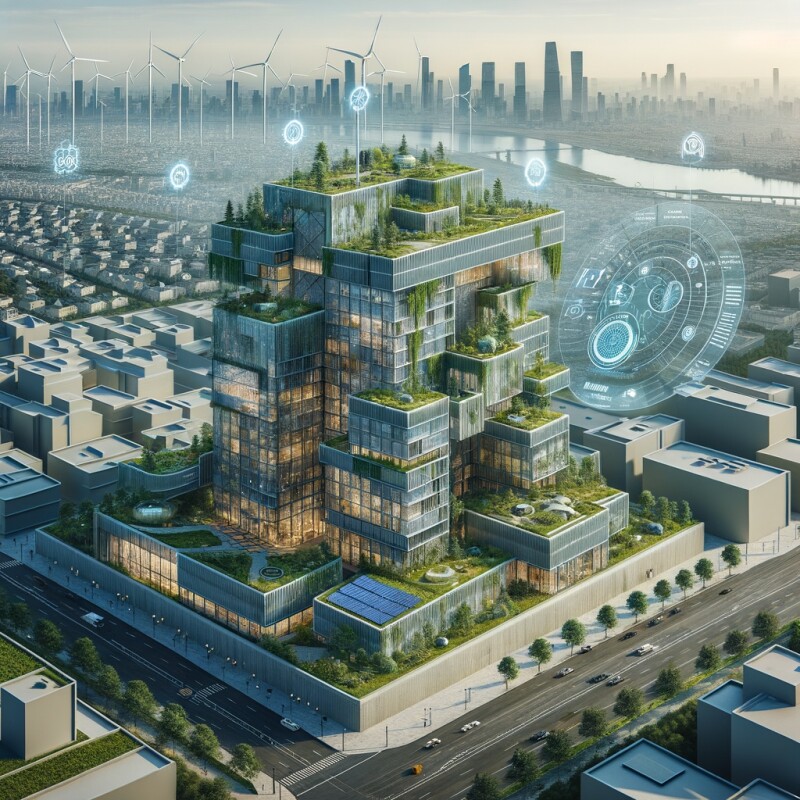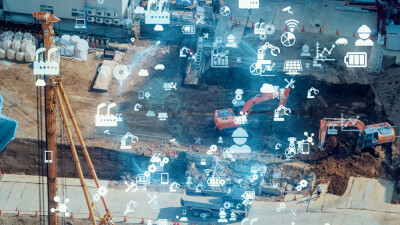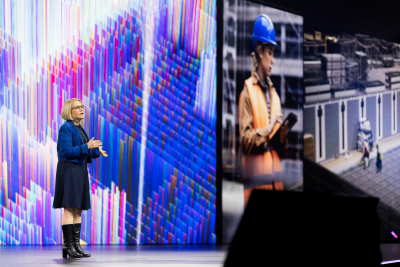The AEC sector is at a major inflection point, with multiple factors coming together to completely change the trajectory of the space as professionals have to adjust on the fly. This was the subject of Geo Week 2024’s opening keynote, with Claire Rutkowski leading a session which highlighted the excitement, but also the challenges, around this. The industry is still trying to recover from decades of inefficient workflows, a bevy of new technology and processes that have revolutionized how work is done – including the explosion of artificial intelligence that is affecting every industry in one way or another – and a built environment that finds itself at the center of global climate concerns.
Below are three articles from our friends around the industry highlighting how firms are tackling these issues and the technology that can help lead the way.

2030 building trends: The role of BIM, AI, and spatial data
Martin Huber, pbc today
Huber is the CEO and co-founder of Amrax, which specializes in spatial data and 3D modeling. He looks to the future at what the buildings of 2030 will look like. Huber discusses the global climate goals that indicate every building on Earth must be net zero by 2050 in order to reach the global temperature limits set in the Paris Agreement. This is a massive undertaking for a built environment that is, frankly, not close to these goals, and technology will be needed to address these concerns. Huber highlights, as the headline suggests, BIM, AI, and spatial data as key tools to help achieve these hugely important and massively ambitious decarbonization goals.
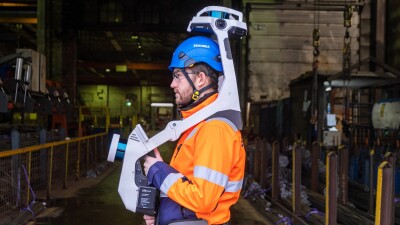
AI for construction: What kind of tool can artificial intelligence become for AEC teams?
John Caulfield, Building Design + Construction
As alluded to above, artificial intelligence is making its mark on essentially every industry around the world, with new capabilities breeding new interest, which in turn is breeding spikes in investment. At this point, it’s not really a question of whether or not an individual industry will be affected by these tools, but rather how. This article looks at the ways AI can be used in construction, with Caulfield looking at a few examples of how it’s already making its mark. This includes workflows around everything from procurement to job site monitoring to safety to summarizations of meetings, and plenty more.
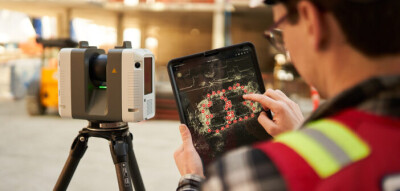
8 Benefits of Construction Reality Capture Data
Hexagon
The value of reality capture becomes clear very quickly to those who take advantage of it on construction sites, but for a long time these capabilities were limited to the larger firms given the lack of accessibility around the equipment. We’ve highlighted before the democratization of reality capture in general, and that extends to these kinds of sites where the technology needed to accurately collect data is easier to acquire than ever before. That means more firms and individuals within the industry are starting to show more interest in working reality capture into their work. In this article, Hexagon provides a primer for those individuals, detailing how this technology makes an impact on construction projects.


